Optimal Timing for Radon Inspections
Radon levels can fluctuate throughout the year, influenced by weather, ventilation, and seasonal changes. Conducting inspections during specific times can provide more accurate assessments of radon exposure risks.
Radon tends to accumulate more indoors during colder months when windows and doors are less likely to be open, making fall and winter ideal for testing.
Spring and early summer can also be suitable for radon testing, especially if ventilation habits are consistent and heating systems are not in use.
Testing during periods of stable weather without heavy storms or high winds can yield more consistent results.
Long-term tests, lasting over 90 days, provide a comprehensive assessment, regardless of season, whereas short-term tests are more influenced by seasonal variations.

Indoor radon levels often increase in winter due to reduced ventilation.

Spring offers moderate conditions for testing with less influence from heating or cooling systems.

Summer testing can be effective if ventilation habits are consistent and windows are not frequently open.

Ways to make Radon Inspections work in tight or awkward layouts.

Popular materials for Radon Inspections and why they hold up over time.

Simple add-ons that improve Radon Inspections without blowing the budget.
| Season | Radon Level Variations |
|---|---|
| Winter | Higher indoor radon levels due to closed windows and heating |
| Spring | Moderate levels, less influence from heating |
| Summer | Lower levels if windows are open, but can vary |
| Fall | Potential increase as heating begins and ventilation decreases |
| Year-round | Long-term testing provides the most accurate assessment |
Radon is a radioactive gas that naturally occurs from the decay of uranium in soil and rocks. It can seep into buildings through foundation cracks, gaps, and other openings. Exposure to elevated radon levels is linked to increased risk of lung cancer, making timely and accurate inspections essential. Radon levels can vary significantly based on geographic location, construction type, and seasonal factors. Regular testing is recommended, especially when moving into a new home or if there are concerns about indoor air quality.
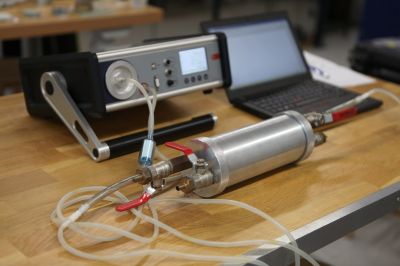
Devices used to detect radon levels in residential and commercial properties.
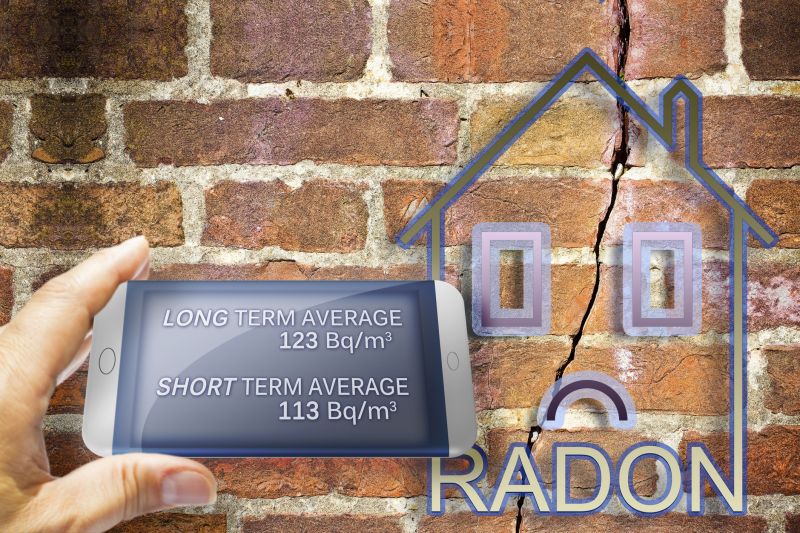
Methods for assessing radon concentration within indoor environments.
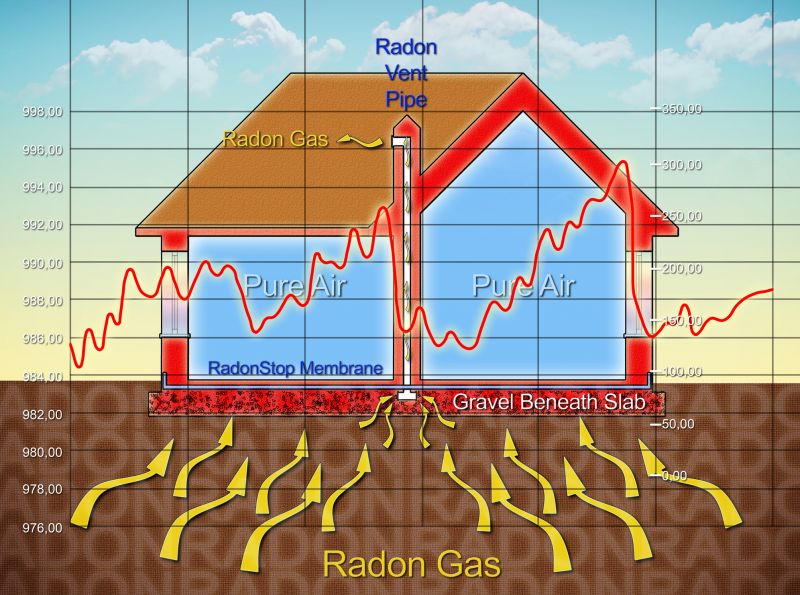
Systems installed to reduce radon levels in buildings with elevated readings.
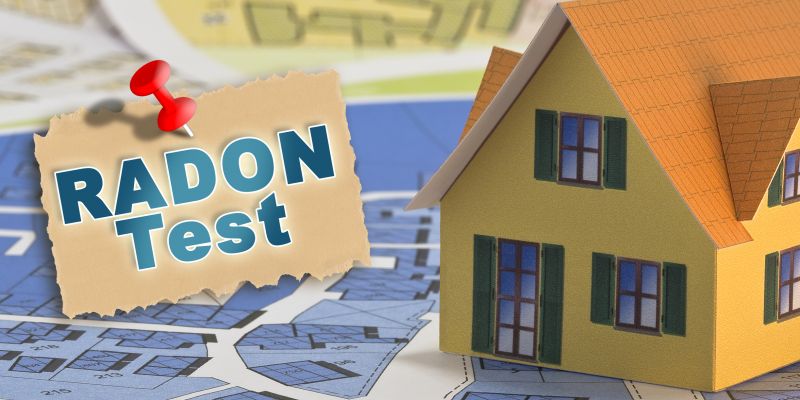
Step-by-step overview of conducting a radon inspection.
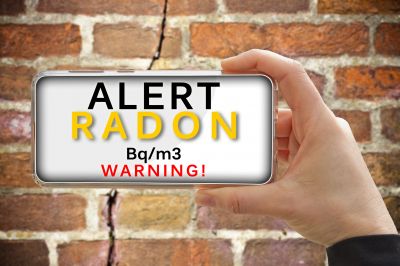
High-end options that actually feel worth it for Radon Inspections.
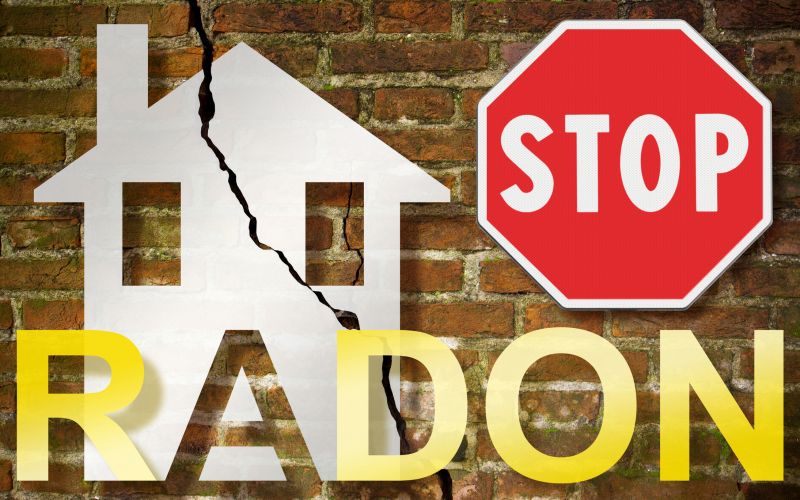
Finishes and colors that play nicely with Radon Inspections.

Little measurements that prevent headaches on Radon Inspections day.
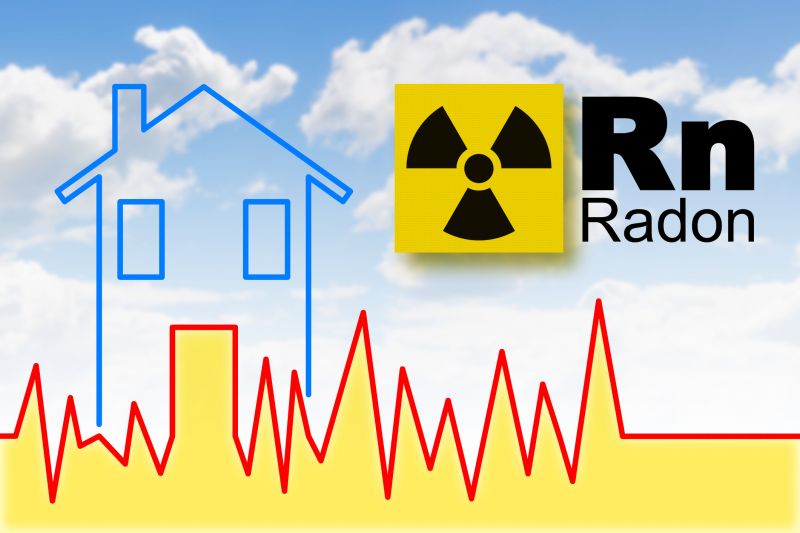
A 60-second routine that keeps Radon Inspections looking new.

A frequent mistake in Radon Inspections and how to dodge it.
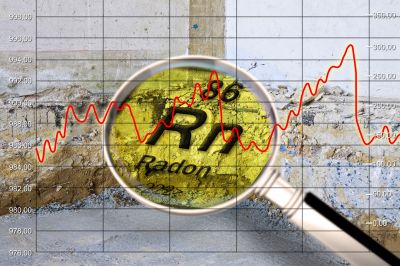
Small tweaks to make Radon Inspections safer and easier to use.

Lower-waste or water-saving choices for Radon Inspections.

The short, realistic tool list for quality Radon Inspections.
Understanding the optimal timing for radon inspections can help ensure accurate results and effective mitigation if necessary. Regular testing, especially during high-risk seasons, is vital for maintaining safe indoor air quality. Contact a professional to schedule an inspection and evaluate radon levels within a property.
